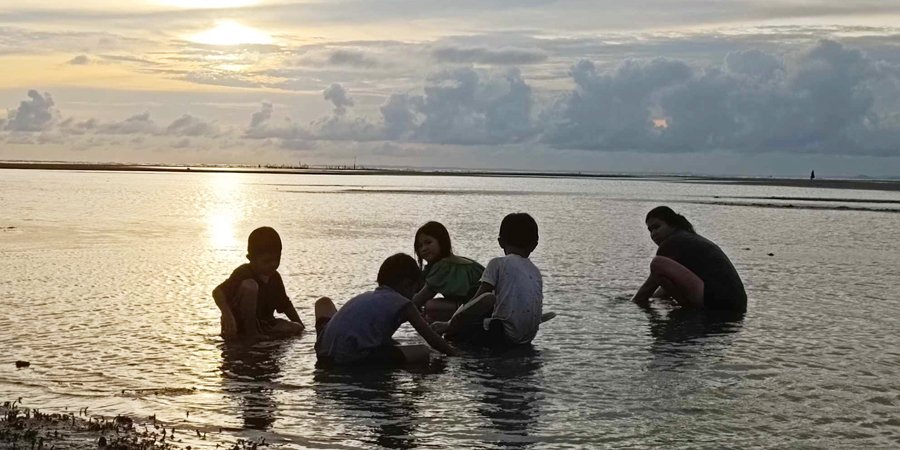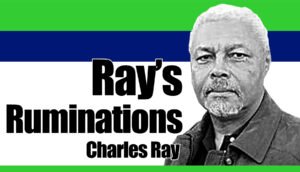• CHERYL G. CRUZ
The coastal waters of Bacolod City, and neighboring Talisay, Silay, Victorias, E.B. Magalona, and Hinigaran in Negros Occidental; and the Tambobo and Sit bays, Siaton, and Bais Bay in Negros Oriental remain free of the toxic red tide.
But shellfishes collected and tested from the coastal waters of Dauis and Tagbilaran City in Bohol; Dumanquilas Bay in Zamboanga del Sur; San Benito in Surigao del Norte; and Honda Bay of Puerto Princesa City in Palawan are still positive for paralytic shellfish poison (PSP), or toxic red tide, that is beyond the regulatory limit, the Bureau of Fisheries and Aquatic Resources said in an advisory July 22.
All types of shellfish and alamang gathered from these areas are not safe for human consumption, the BFAR stressed, adding that fish, squids, shrimps, and crabs are safe for human consumption provided that they are fresh and washed thoroughly, and their internal organs, such as gills and intestines, are removed before cooking.

Health experts said that PSP “is a naturally-occurring marine biotoxin” but high levels of PSP can cause severe illness and even death.
“Early symptoms include tingling of the lips and tongue, which may begin within minutes of eating toxic shellfish, or may take an hour or two to develop. This may progress to tingling of fingers and toes, and then loss of control of arms and legs, followed by difficulty in breathing,” the Health Department said, adding that some people feel nauseous or experience a sense of floating. “If a person consumes enough toxin, muscles of the chest and abdomen become paralyzed, including muscles used for breathing, and the victim can suffocate.”
Meanwhile, the BFAR said areas free from red tide also include the coastal waters of Milagros and Mandaon in Masbate; Borongon, San Dionisio in Iloilo; Sapian Bay, Ivisan, and Sapian in Capiz; Mambuquiao and Camanci, Batan in Aklan; Altavas, Batan, and New Washington in Batan Bay, Aklan; coastal waters of Pontevedra, Panay, Pilar, Roxas City, and President Roxas in Capiz; and other neighboring areas. | CGC



